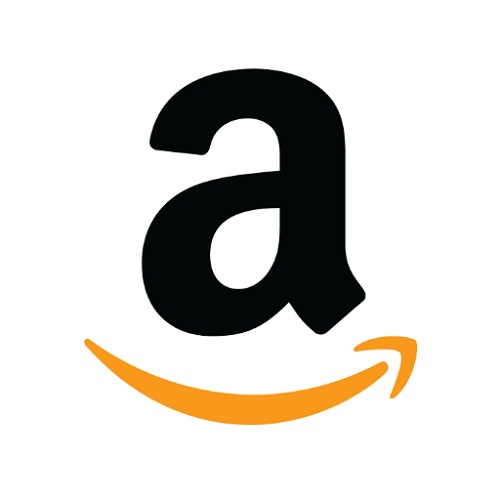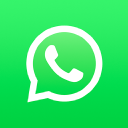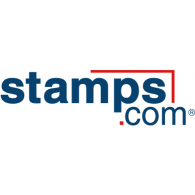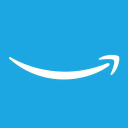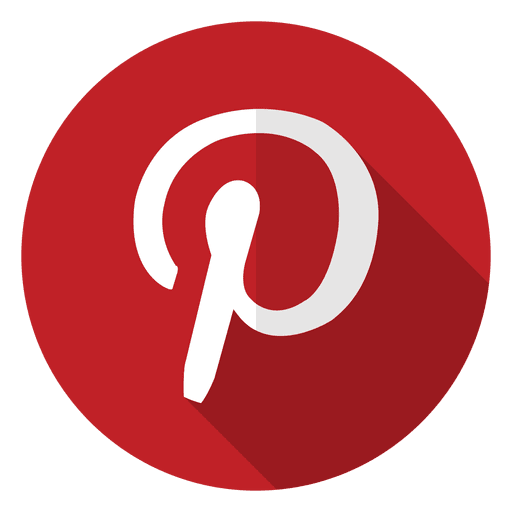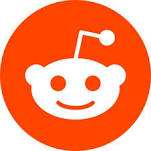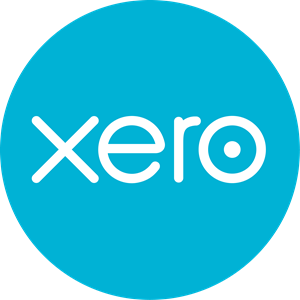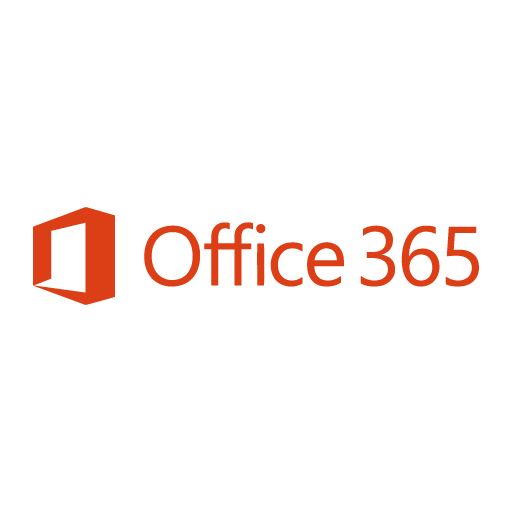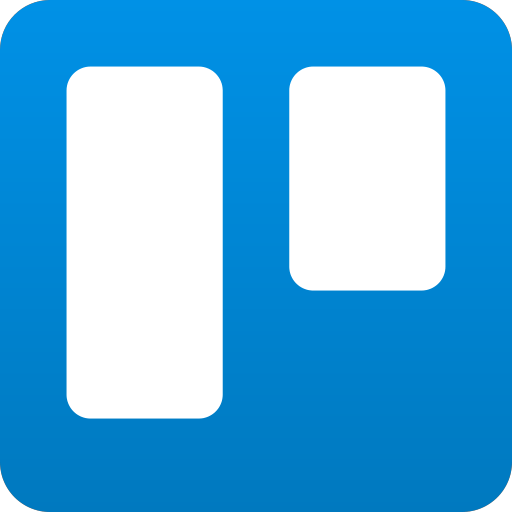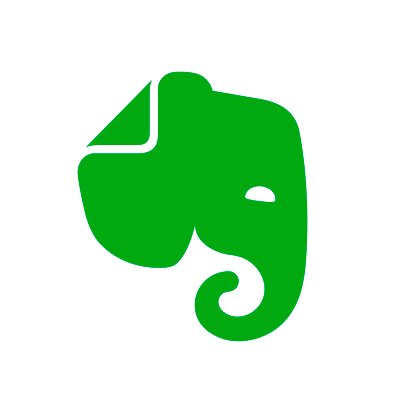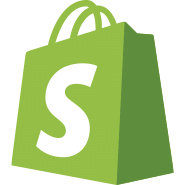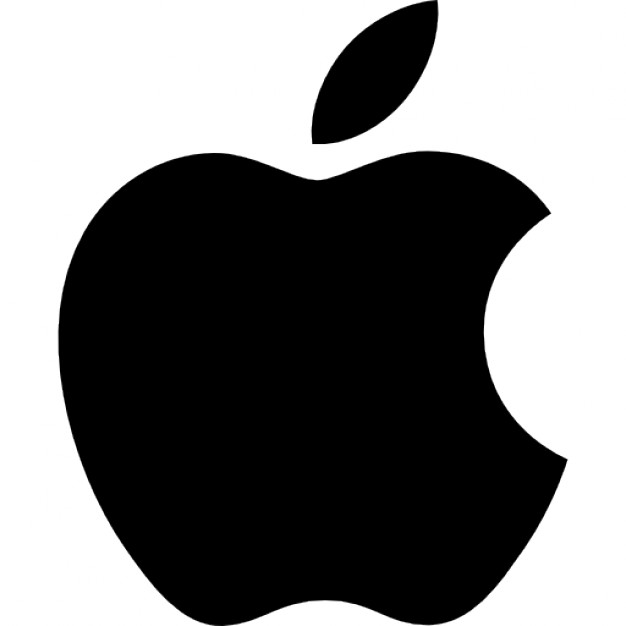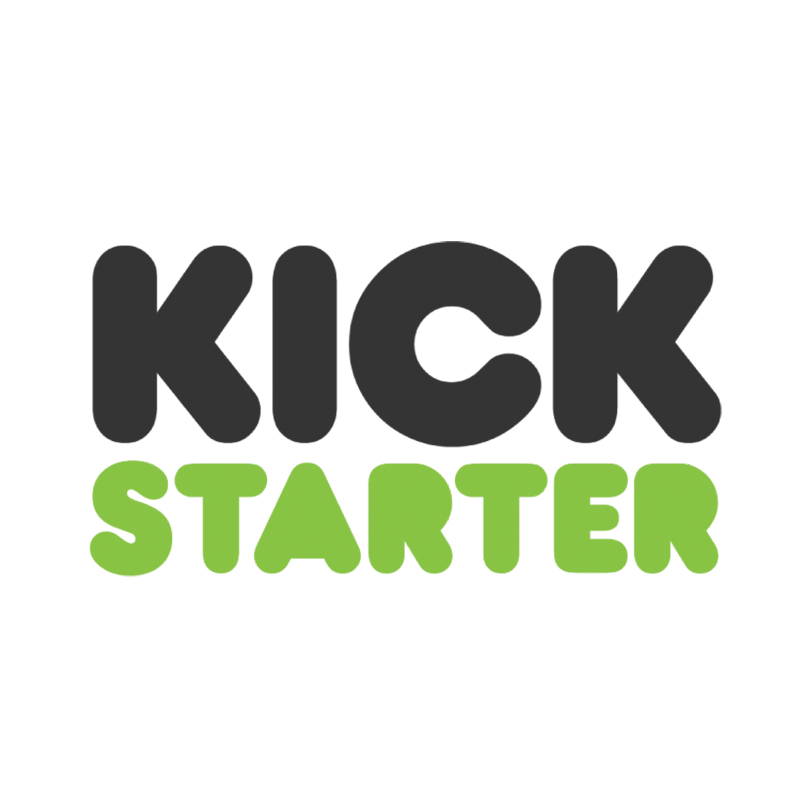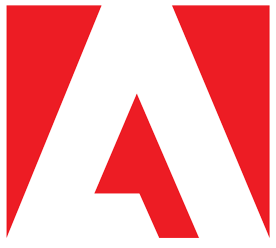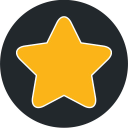On Creating A Fitness Foam Roller
Hi All. I’m Nate Lawrie and I’m the founder of Brazyn Life. At Brazyn, we’re impassioned to help people accomplish their fitness and health goals through the most badass recovery tools we can imagine. Our first product, The Morph Collapsible Foam Roller, emphatically meets this criteria – it’s a true foam roller (like any you’ve seen at the gym), but when you’re not using it, it folds down flat so that it takes up a fraction of the space. This means it can easily be stored in any bag and it’s always handy. The result is that our customers end up using their foam roller far more often and get much better results from their foam rolling practice.
Since launching The Morph, we have continued to grow our line of innovative fitness tools and are currently working on the next generation of products built for the modern dream chaser.

What's your backstory and how did you get into entrepreneurship?
In 2004, I was drafted by the Tampa Bay Buccaneers. I was an All-American Tight End at Yale, and I fully expected to continue winning honors as I entered my pro career. Unfortunately, the game of football (like entrepreneurship) is a game of unknowns. During my 3rd year in the NFL, when I was playing for the Saints, I suffered a season-ending back injury. The years of pounding I put on my body led to a debilitating herniation in two of my lumbar discs.

As the Saints went on to the NFC Championship game that year, lifting the organization from its tenuous past and bringing hope to a city devastated by Katrina, I was laying at home recovering from back surgery wondering if I’d play another down of football. Later that off-season, I flew to Spokane, WA to meet with some unconventional physical therapists. One was a renowned Pilates guru that taught me how a simple foam roller could help to fix and maintain my back. I’d used a foam roller many times before, but now I was a devotee: a couple of simple stretches, some stabilizing ab work, and a few minutes massaging were all I needed to add to my routine to get my focus back on football and not on recovery. I played 5 more seasons and I used a foam roller the entire way.
If you’ll only be happy once your business reaches a certain point in an imagined future, then you probably won’t ever be happy. That goalline is going to constantly move. Learn to love the process, and the whole journey can be fun.
But my relationship with foam rollers was love-hate. Foam rollers are bulky and annoying to carry around. I wanted something that I could take with me; whether it was to an away-game, the gym, or when I was traveling around the globe with my wife in the offseason. The idea for The Morph was born and I set out to create the world's best foam roller.
Take us through your entrepreneurial journey. How did you go from day 1 to today?
After retiring from football, I took over a struggling family business selling patented door hardware. The company had an amazing product but was embroiled in a dispute with its primary customer. Long story short, it was left up to me to see if I could salvage the business. It was trial by fire. I made some drastic changes to the business model and went all-in on a renewed brand look. It was slow going at first and I went a long time without paying myself, but the business steadily made progress. In the end it was totally worth it. I learned how to run a consumer product business with a primary focus on direct to customer sales and a working wholesale channel. Over the next couple years, I spent a lot of time automating our systems so that I could run it with only a few hours of work per day. I still run the business today and it’s doing awesome.
Once I was able to automate that business, I finally had the time to start developing The Morph. It started off with some very basic prototypes, and then a lot of casual tinkering over the next couple years. I finally got to that point most early entrepreneurs know well – it was time shit or get off the pot.
In 2014, I went all-in on product development to really nail down the concept. I was lucky to have resources in Romania. My father-in-law had a precision parts manufacturing company in a small town about four hours north of Bucharest. The travel wasn’t cheap, but it cut the cost of product development down substantially.
In mid-2015, we basically had our product. The manufacturing process wasn’t dialed in, but we were confident we could get it done. We started working on marketing and in late-2015 we launched a Kickstarter Campaign. We more than doubled our goal and we were off to the races!
Or so we thought. It took us about a year to figure out manufacturing. Those were challenging times. We wanted to deliver an amazing product and blow away expectations, but we kept running into manufacturing issues. And, our early customers and backers were getting impatient. In the end, we weren’t on time, but we did deliver an exceptional product and, for the most part, all was forgiven.
That took us into 2017. We were solidly growing when we got the opportunity to be on Shark Tank. We made our pitch to the Sharks in mid-2017. At the end of October, our episode aired. It was a crazy experience!
We had a massive response from the episode and it put our brand on a new level. That part was amazing, but we weren’t really ready for it. We actually ran out of stock even before the episode aired (insert “Are You Kidding Me?” emoji). Leading up to our air-date, we knew we didn’t have enough stock so we set up a pre-order system to continue to take orders. We ramped up our production as fast as we could to try to catch up with the surge in sales. However, before we could get caught up, ABC re-aired our episode! We were constantly playing catch up and batch shipping huge numbers of rollers every couple weeks as we got product from our factory. I think we were on a “pre-order” status for about 8 months in total. That was an even more challenging time than our post-Kickstarter days. Again we weathered the storm and the customers that stuck with us were overwhelmingly thrilled when they finally got their Morph rollers.
From there, I’m happy to report that things have gotten a bit smoother and our business has continued to grow. 2019 was our best year yet and, until the devastation caused by COVID-19, 2020 was looking to see even greater growth. The challenges never cease.
How are you doing today and what does the future look like?
I write this at an interesting time. It is March 2020, and we are about 3-weeks into the COVID-19 outbreak. Most of the country is completely shut down and uncertainty is the status quo. That said, I’m still very optimistic about the future of Brazyn. It all starts with creating great products that we believe in. The world will rebound and we’ll be here to help people move and feel better through it all.
We have built the business to be lean, so it is not difficult for us to scale back during unpredictable circumstances. That’s been our focus on the operations side of things. We are also using this time to double down on our next great series of products. I’m excited to show the world what we’re up to when a sense of normalcy resumes.
Through starting the business, have you learned anything particularly helpful or advantageous?
My journey with Brazyn has taught me a ton. The first, most obvious, lesson is on the supply chain management side of things. With any new product, predicting demand is extremely difficult. We have fairly long lead times with our product, so this means we are laying out large sums of cash well in advance of when we actually need the product. As a bootstrapped (self-funded) business, this is difficult. We’ve gotten far more sophisticated with our in-house processes to try to predict our future demand and have grown our production capacity substantially while reducing our lead times substantially. All of this has helped immensely and has made a big difference on our cash cycle.
I would say the biggest lesson here, is to have a really good handle on your supply chain and have a good understanding of the capacity of your manufacturer so that you can scale quickly if you need to. Have a plan for if things go great, and have a plan for if things take longer than expected. Make sure you know your contingencies in both directions. In our case, we built our own manufacturing facility, so that added a whole other layer of complexity, but everything proved solvable.
What platform/tools do you use for your business?
Shopify, ShipStation (Shipping and Inventory Management), Deliverr (3PL), OmniSend (for email), Privy (On-site pop-ups and email collection)
What have been the most influential books, podcasts, or other resources?
Early on in my entrepreneurial journey, I read Tim Ferriss’ 4-Hour Work Week. That provided a great framework for how to think about building a business – growth hacks, outsourcing, automating, etc.
Other books I have read (mostly listened to on Audible), loved, and have helped me on my entrepreneurial journey: Shoe Dog, Grit, Mindset, Elon Musk (by Ashlee Vance), Extreme Ownership, The Everything Store, Creativity Inc., Never Split the Difference, Endurance, Pitch Anything, The Hard Thing About Hard Things, Building a StoryBrand, Essentialism, The Coddling of the American Mind (not business-related, but a must-read), Talking to Strangers (not business-related, but a must-read), The Uninhabitable Earth, Benjamin Franklin (by Walter Isaacson), Steve Jobs (by Walter Isaacson)
Podcasts: Tim Ferriss, How I Built This, Planet Money, Freakanomics
Advice for other entrepreneurs who want to get started or are just starting out?
You have an amazing idea and you want to change the world (in a small or large way)? That’s awesome! It’s a great feeling when you see a way to bring something new and valuable into the world. But that is a looooong way from creating a business.
I’ll reiterate the advice that many great entrepreneurs have given: take the first step. Figure out a way to test your idea as cheaply and with as little time investment as possible. Talk to people and get their feedback. Make a prototype and pass it around or offer your service for free to see what people think. This can be invaluable learning time. Find mentors that can guide you through the early days and help you to nail down your business plan and how you will ultimately make money from your idea.
Commit to it. Be prepared for it to take longer than you expect (but also be ready for it to go faster). Be prepared for some drudgery. Creating a business can mean a lot of boring, administrative work that doesn’t feel like you’re adding value. If you raise money, make sure you know the expectations of your investors, and make sure they know you’re expectations.
Finally, have fun with it. If you’ll only be happy once your business reaches a certain point in an imagined future, then you probably won’t ever be happy. That goalline is going to constantly move. Learn to love the process, and the whole journey can be fun.
Where can we go to learn more?

Download the report and join our email newsletter packed with business ideas and money-making opportunities, backed by real-life case studies.

Download the report and join our email newsletter packed with business ideas and money-making opportunities, backed by real-life case studies.

Download the report and join our email newsletter packed with business ideas and money-making opportunities, backed by real-life case studies.

Download the report and join our email newsletter packed with business ideas and money-making opportunities, backed by real-life case studies.

Download the report and join our email newsletter packed with business ideas and money-making opportunities, backed by real-life case studies.

Download the report and join our email newsletter packed with business ideas and money-making opportunities, backed by real-life case studies.

Download the report and join our email newsletter packed with business ideas and money-making opportunities, backed by real-life case studies.

Download the report and join our email newsletter packed with business ideas and money-making opportunities, backed by real-life case studies.

